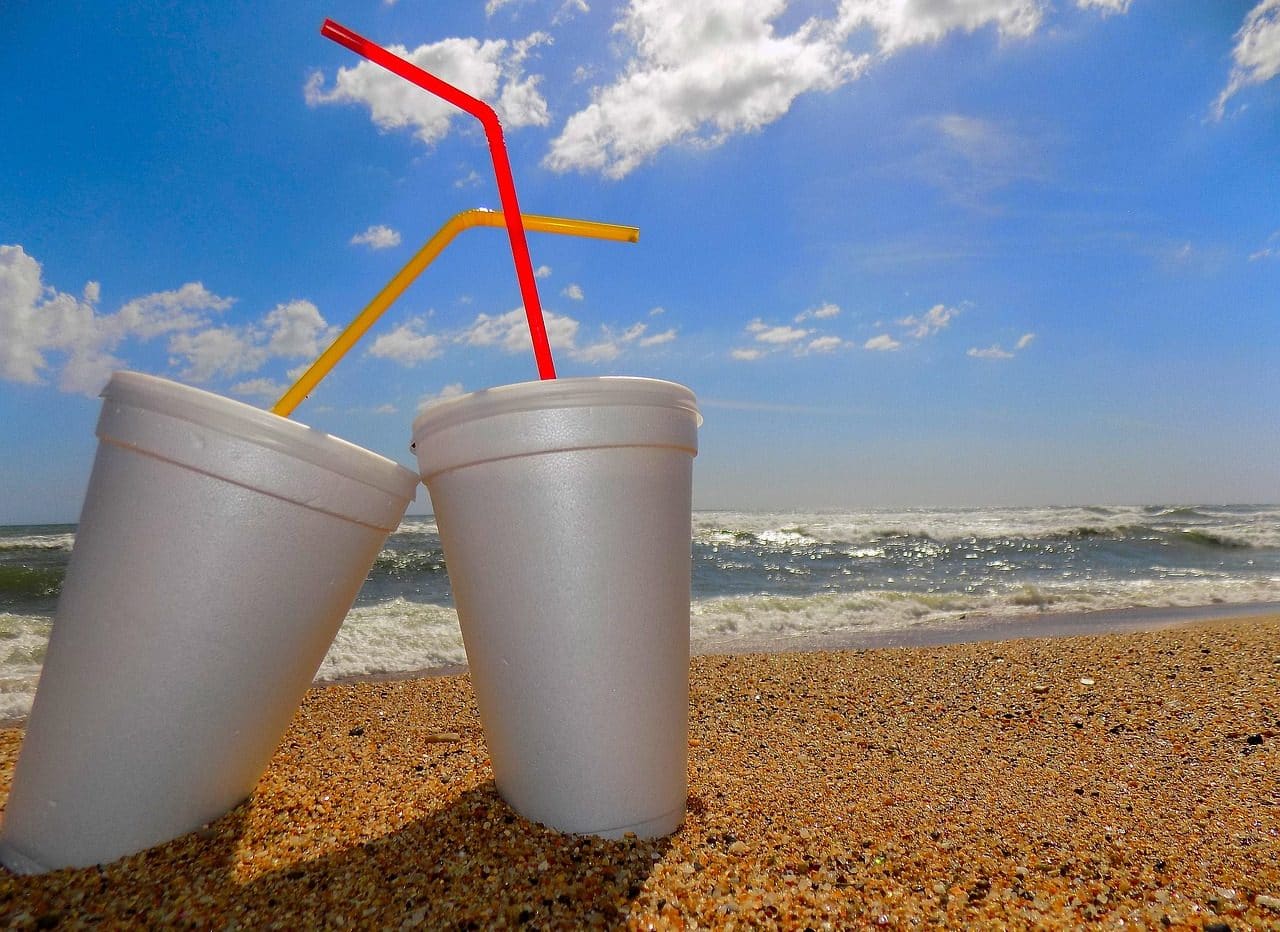
A thermoplastic material is malleable to heat.
Thermoplastic is an adjective that describes a material that is malleable when exposed to heat . In other words: a thermoplastic, when at a high temperature, loses its rigid state and deforms.
Thermoplastics, when heated, melt and melt. Once they cool, they regain their consistency. This allows them to be molded according to different objectives .
It is important to keep in mind that thermoplastic materials have what is known as a thermal history . As they are heated and cooled repeatedly, their physical properties gradually change as their bonds weaken.
Use of thermoplastic materials
3D printers usually work with thermoplastics. The molten material can be molded and then, when the temperature drops, it acquires the necessary solidity to retain the desired shape.
Polyvinyl chloride (known by the acronym PVC ), polystyrene , nylon , Teflon , polypropylene and polyethylene are some of the most used thermoplastics around the world. It is possible to find a large number of products made with these materials .
In addition to these mentioned, we cannot ignore polymethyl methacrylate ( PMMA ), which is used to create everything from protective glasses to advertising signs, for example.

Polyvinyl chloride is part of thermoplastics.
More features
In addition to the highlighted characteristics, it is necessary to proceed to learn about others that are also interesting:
- They have the peculiarity that they can dissolve in certain products.
- They have a notable resistance to deformation due to creep.
- The thermoplastic called polycarbonate has become one of the most important at the moment because it is what is used to create CDs, soft drink bottles and glasses.
- ABS, whose full name is acrylonitrile butadiene styrene, is widely used to shape toys such as Lego blocks, or all types of materials used in offices.
- PVC (polyvinyl chloride), on the other hand, is a thermoplastic that is currently used with great frequency within the field of signage to create all types of signs for companies, such as logos, corporeal letters, illuminated signs. …
Differences between thermoplastics and thermosets
While thermoplastics melt when subjected to high heat , thermoset materials do not change their structure: they burn directly. This makes them unable to be molded.
The difference between thermoplastic materials and thermoset materials is in their chains and bonds. In thermosets, heat causes their chains to become more compact and resistant. That is why the material eventually ends up degrading and cannot be molded and reused.
